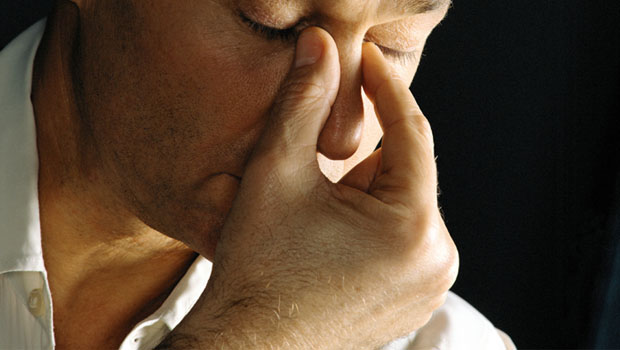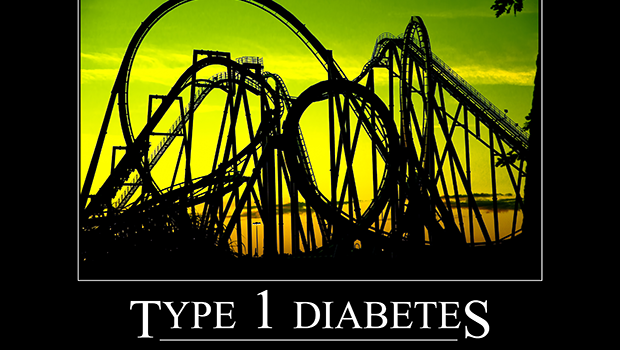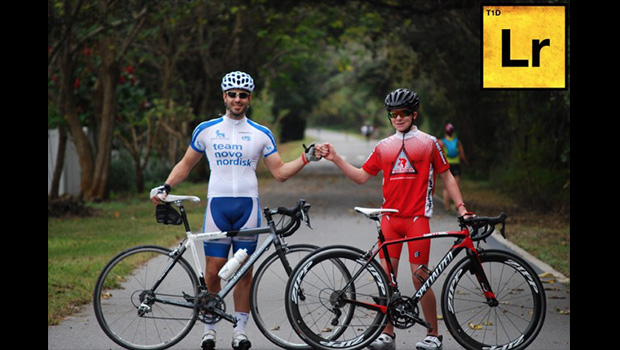
One serious complication people with diabetes face is no longer feeling a low blood glucose. Before the days of continuous glucose monitors (CGM), people with Type 1 had two ways to tell if their BG was low: testing for it and feeling it. But over time, the ability to feel the low can diminish or disappear.
Diagnosed with Type 1 less than decade ago, I’m lucky enough to still be able to feel my lows. People who don’t have diabetes have asked me to explain the feeling, and it’s difficult to put into words. I just know it when it’s there. But there’s always a worry in the back of my head that someday I won’t be able to notice it.
That fear of not feeling a low has made continuous glucose monitoring a popular option in recent years. I went on the Dexcom CGM two years ago and I absolutely love it. Along with reducing the number of finger-pricks in a day, this device allows me to set alarms that alert me when my BG drops below a certain threshold or drops rapidly. This technological back-up has provided me with sound peace of mind.
But no technological fix is perfect. Last Friday, my Dexcom alerted me that it was time to change the sensor and that the battery on the receiver was running low. So I removed the old sensor from my stomach and put the receiver on the charger before climbing into bed. I also checked my BG and it was 190. Doing some advanced math based on the last time I ate, how many carbs I had, and the amount of insulin on board, I felt it was safe to go to sleep.
But I had miscalculated. A few hours later I awoke with that all-too-familiar feeling of a low. Out of habit I checked my Dexcom beside my bed for my BG, only to be reminded that I wasn’t wearing a sensor and the transmitter was charging. I stumbled out of bed to test my BG with a finger prick: 22. I rubbed my eyes and turned the light on to be sure I was really seeing the number right. The number on the meter didn’t change. I tested again: 24. I woke my wife to tell her I was low and went downstairs to correct with some carbs. After ingesting some glucose gel, my BG was back up a half hour later to 91 and climbing.
The perfect storm of a new sensor, a low battery, and a miscalculation on my part of the staying power of my pre-bedtime meal put me in a potentially dangerous situation, one that I’m sure hundreds of thousands of PWD go through all the time. I’m just as thankful that I still feel lows as I am for the safety-net technology we have today.
Common Symptoms of a Low
It’s just as important to be aware of how you experience lows as it is to share with others what those symptoms might be.
Symptoms include:
- Shakiness
- Nervousness or anxiety
- Sweating, chills, and clamminess
- Irritability or impatience
- Confusion, including delirium
- Rapid/fast heartbeat
- Lightheadedness or dizziness
- Hunger and nausea
- Sleepiness
- Blurred/impaired vision
- Tingling or numbness in the lips or tongue
- Headaches
- Weakness or fatigue
- Anger, stubbornness, or sadness
- Lack of coordination
- Nightmares or crying out during sleep
- Seizures
- Unconsciousness
Thanks for reading this Insulin Nation article. Want more Type 1 news? Subscribe here.
Have Type 2 diabetes or know someone who does? Try Type 2 Nation, our sister publication.







